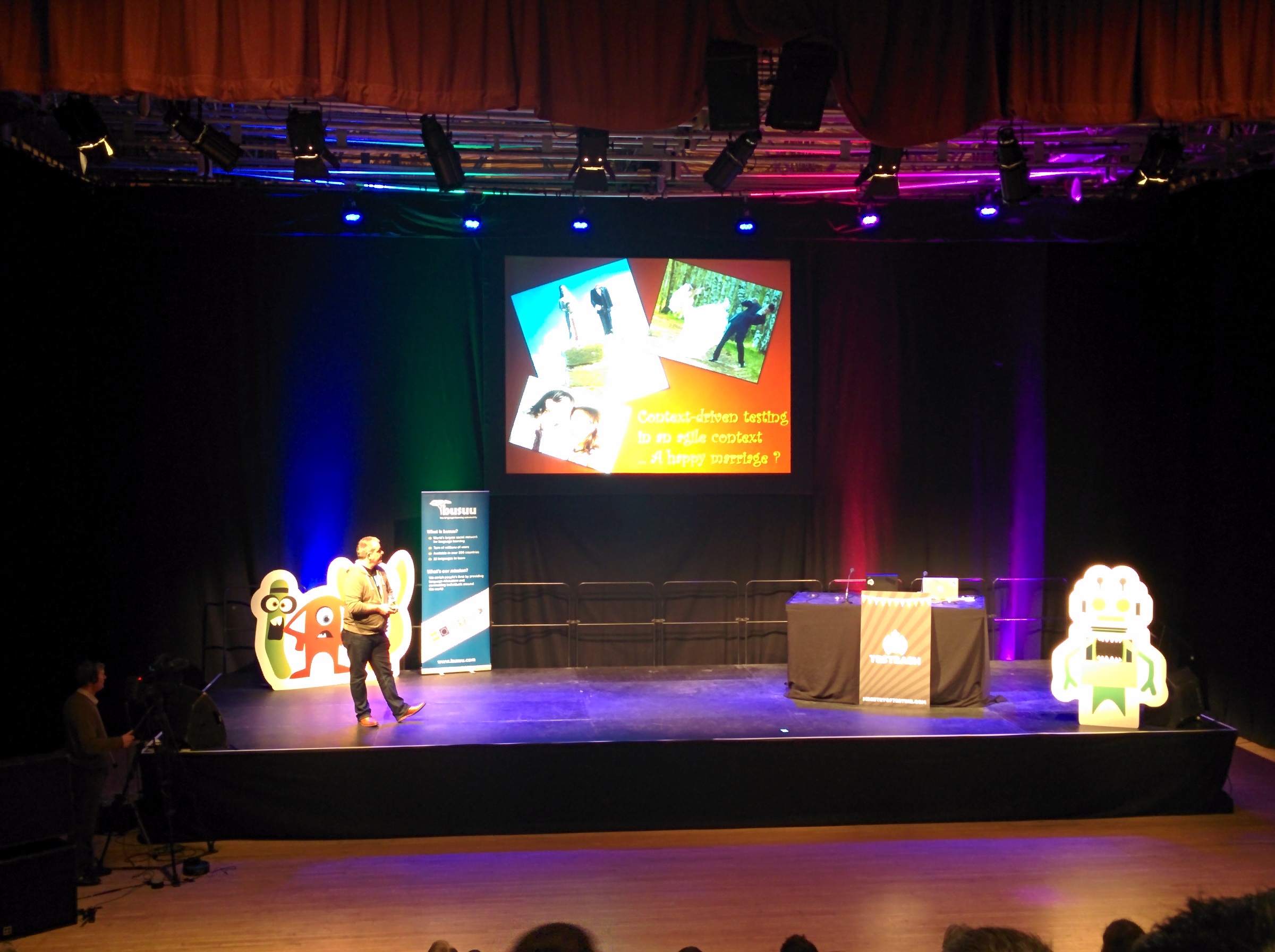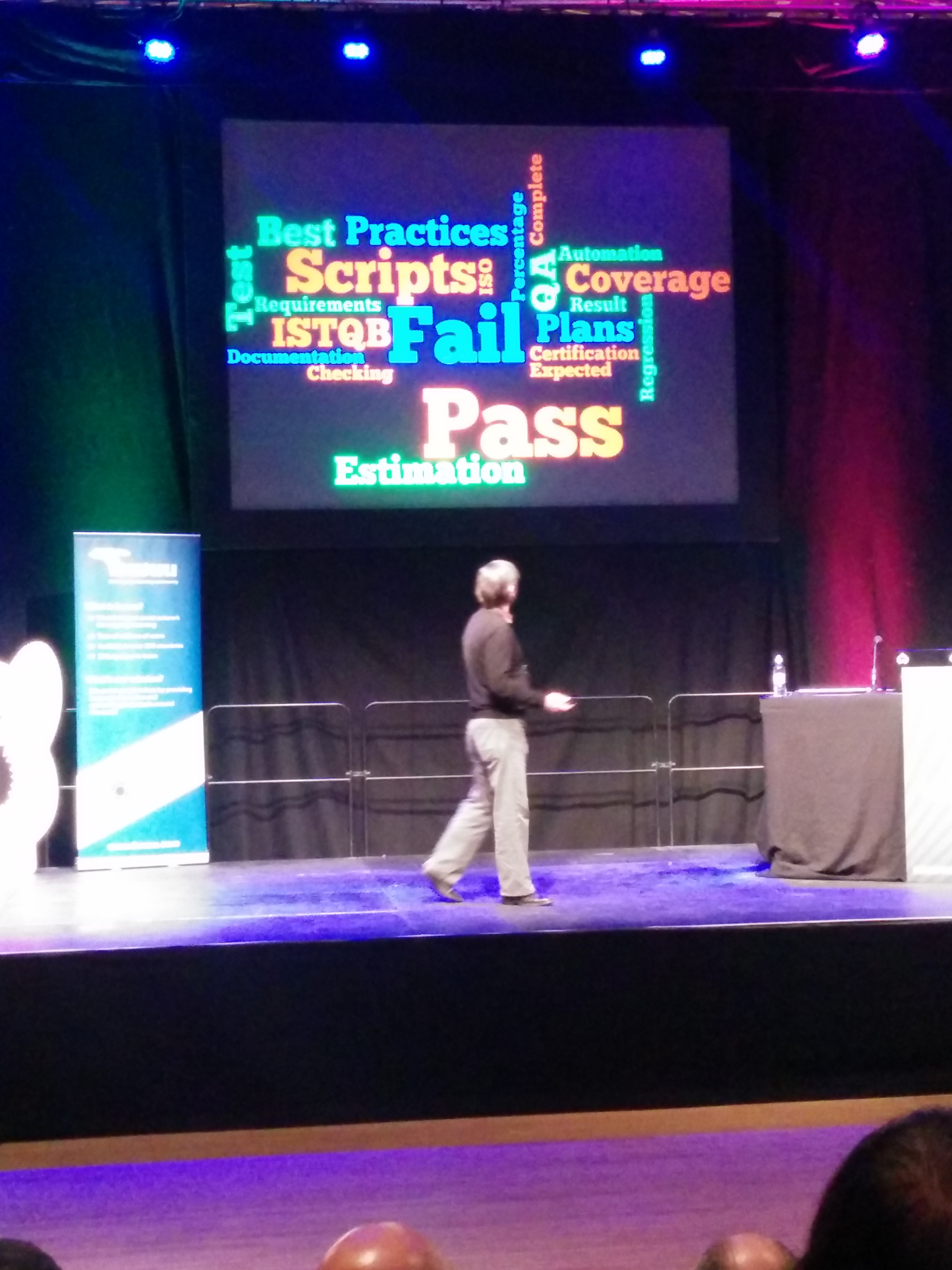Recently I’ve been reading Elisabeth Hendrickson’s excellent book ‘Explore It!’. For anyone who has an interest in exploratory testing it’s a must own. I wish I’d discovered it earlier to be honest, since it gives so many useful hints and tips, as well as confirming that the ways of working that one has chosen are also recommended and used by others.
As well as using it for my own learning, I’ve been slowly going through the book and working out what parts I can use in the regular lunch and learn sessions that I run at work. While we practice exploratory testing, in fact it’s the cornerstone of our sapient testing strategy, there are some areas where I feel we could take approaches that could benefit not only testing, but also the wider business.
Working With Legacy Systems
We frequently work with legacy systems and so one chapter that was of immediate interest to me in Elisabeth’s book concerned exploring an existing system. When one has an existing system to test I find it’s all too easy to become primed by what others have already discovered, and to fall back on existing test cases (whether physically written down or in someone’s head). This can bias you, resulting in less effective testing.
Elisabeth makes the point that an existing system may well be unknown to the tester, but also may well be unknown to the whole team, or at least contain parts that are unknown. While the software fulfils a business need, how it actually goes about doing so may be less clear. That makes it ideal for exploration.
Recon Testing
James and Jon Bach like to call the initial exploration of an existing system ‘recon testing’. I like this term, by taking an initial session to explore and discover the basics of the software under test then one can then plan more effectively for future sessions, and write future charters in order to drive those plans (if you want to know more about the concept of session based testing and how charters fit in with this then have a look at James Bach’s explaination). Recon sessions help to map the territory and give insight.
During a recon session you can learn a lot, but the most important areas to ensure that you have gained insight into are:
- The ecosystem in which the software under test resides.
- Touchpoints to other systems.
- Variables (things we change or can change).
- Obvious vulnerabilities and potential risks.
Our Training Session
During our training session we carried out recon testing on the Staples ‘Easy’ button, and a standard service bell. This no doubt annoyed those in the room next door 🙂


By starting training with something simple, and not software based then it’s easier to pick up and learn the basics of a new technique without bias or the complication of software. We then compared our experiences, testing, (and the charters produced), with those that the Bach brothers produced when they carried out an exploratory testing exercise using the same product. Fortunately for us, their session is available on youtube, so it was an excellent addition to our de-brief. In it they explain the different testing techniques they use, and why. It’s well worth watching.
Enough Recon Testing?
One area to focus upon when conducting recon testing is whether one has conducted enough recon testing. Fortunately ‘Explore It!’ has this covered, recommending you ask yourself questions about the system that you have been exploring. If you don’t understand what the system does, how input and output works or how the environmental configuration affects the system for example, then it’s probably time to think about more recon before you move into more focused test sessions. Fortunately for the ‘Easy’ button and bell testers, (and those sitting near the meeting room where we had the lunch and learn), then this was not necessary 🙂
A Useful Addition
Recon testing is something that I think we’ll find is a really useful addition to our strategy. I’d certainly recommend that you check it out, and that you check out ‘Explore It!’ which contains much more useful information and techniques to use in your exploratory testing. I’ll certainly be using the book to inspire some future training sessions for the team.












